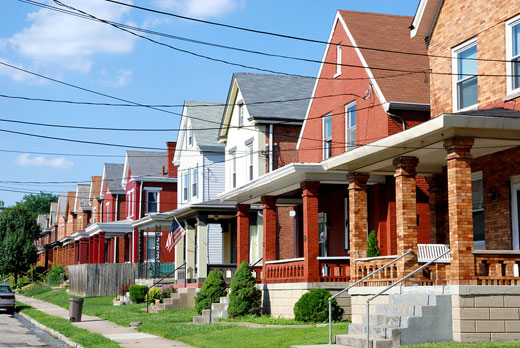
Recently
released data indicates that the Cincinnati housing market is beginning to recover from the housing bubble burst.
The number of home sales (1,658) and average sales price ($155,896) are two of those indicators for those who find numbers like that useful. Another one of the more encouraging, and perhaps most important, pieces of data is that the inventory of homes on the market continues to decline and is now at a 8.48 months worth of inventory.
Realtor
Alison Moss with Comey & Shepherd notes that the declining inventory is a good thing. Moss indicates that you do not want too little inventory, but that a healthy number is around a four to six month range.
Moss points to a number of items that have led to these improvements like the current low interest rates, $8,000 tax credit and the affordable market in general. Moss also says that this is the "peak season" for real estate movement and that the decrease in inventory is partially due to the higher volume seen around this time of the year.
Also helpful for the Cincinnati market is the high number of community projects the Ohio Department of Development has done in Cincinnati (3,600) with another 800 in the pipeline. Statewide Cincinnati compares very favorably with the second highest average selling price behind Columbus.
But as the seasons are helping the current real estate trends, so is the economy. Cincinnati's strong corporate presence leads to a constant movement of people in and out of the region, and helps to keep homes moving in an otherwise stale market.
"It's really going to depend on how quickly the economy bounces back," says Moss in relation to the overall recovery of the housing market. The economy is being projected by some to start turning around at the end of this year, and Moss says that the turnaround is already being seen with the improved numbers discussed earlier.
By next spring Moss hopes to see the inventory reduced to a six to seven month range, and that the ideal four to six month range might not be seen for a couple of years. "It's not gonna happen overnight," says Moss who also says that some neighborhoods will bounce back earlier than others.
Writer:
Randy SimesSource: Alison Moss,
Comey & Shepherd RealtorsPhotography by Scott Beseler
Enjoy this story?
Sign up for free solutions-based reporting in your inbox each week.